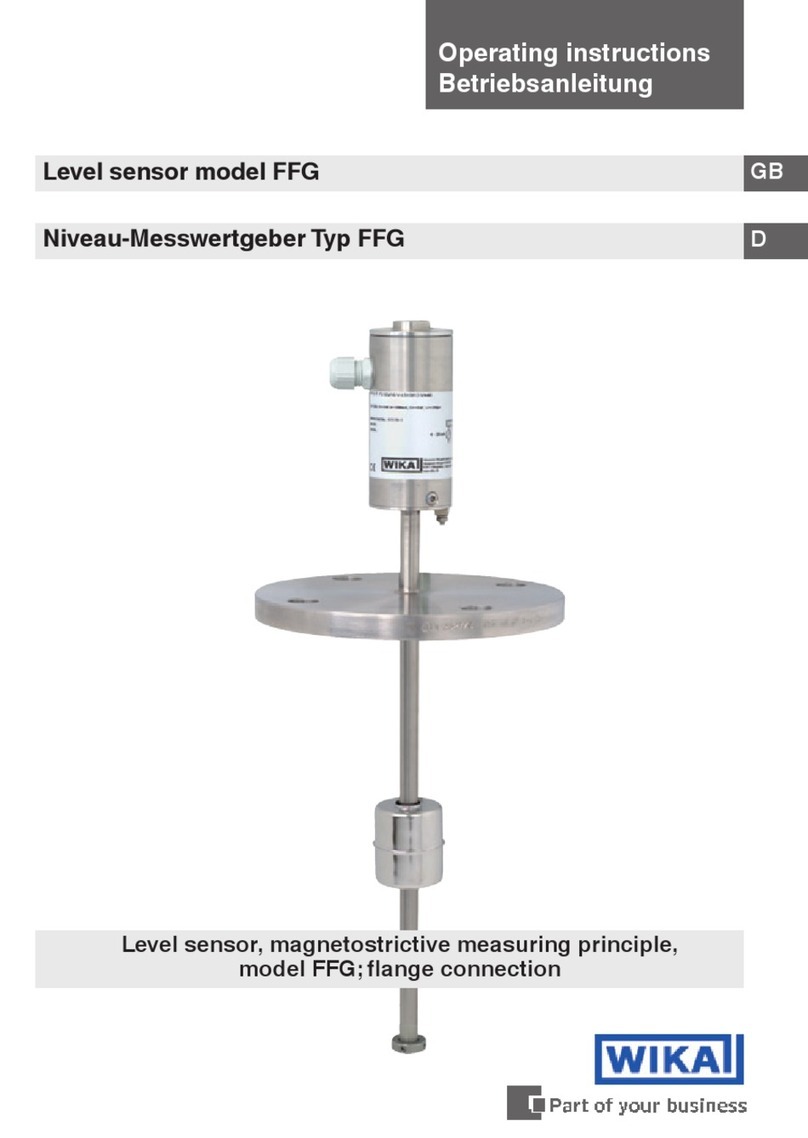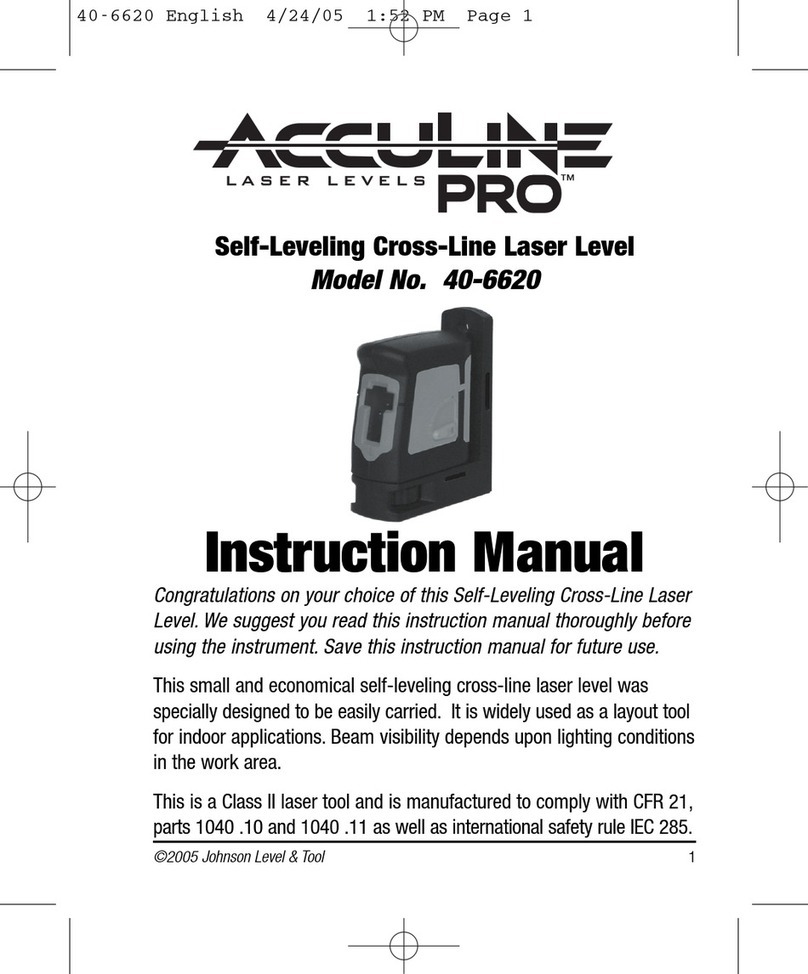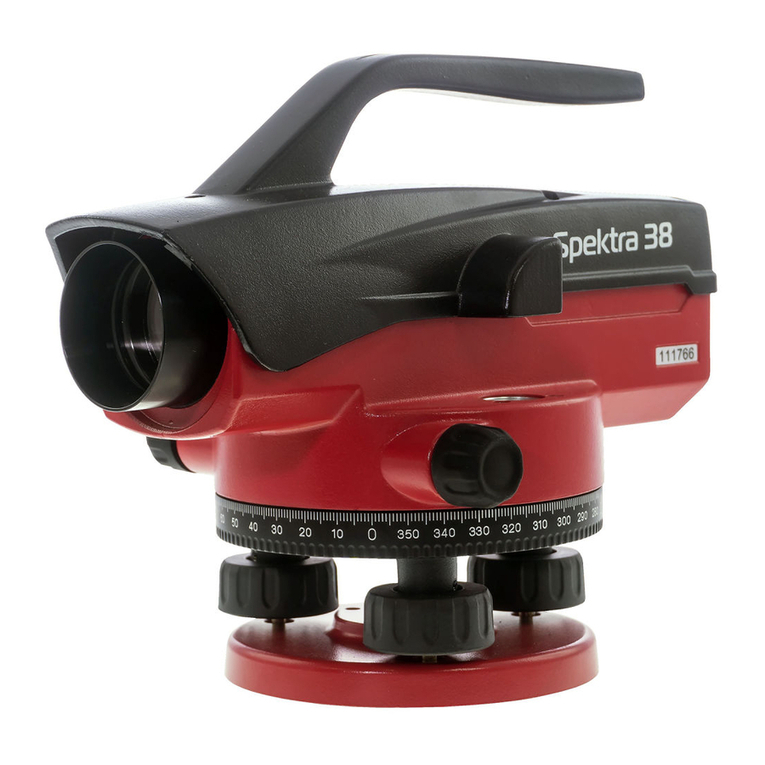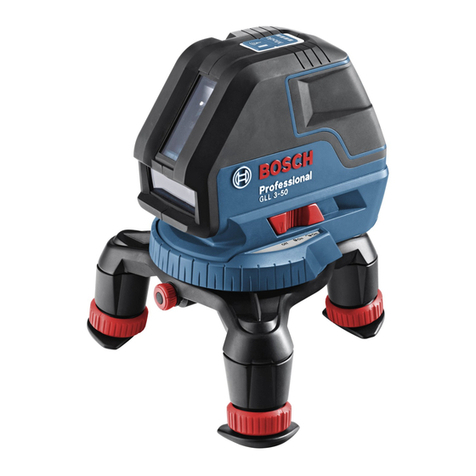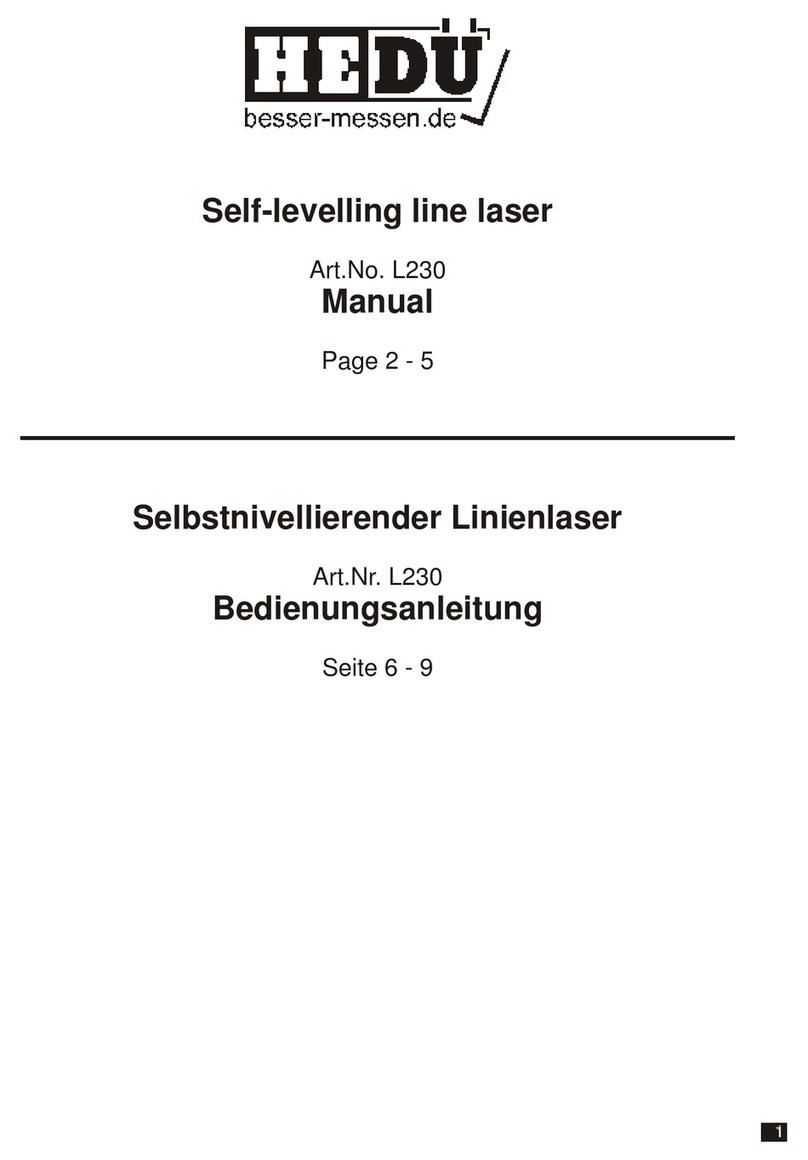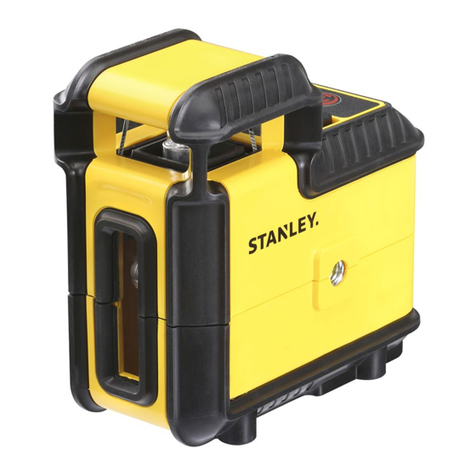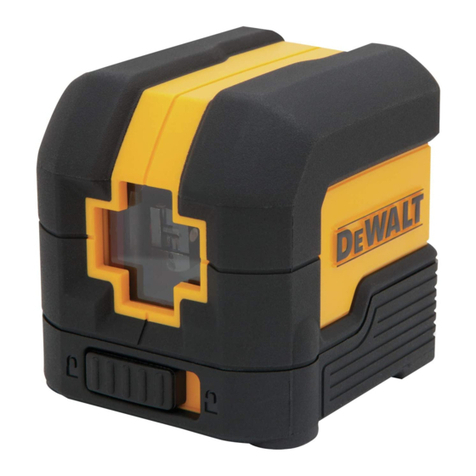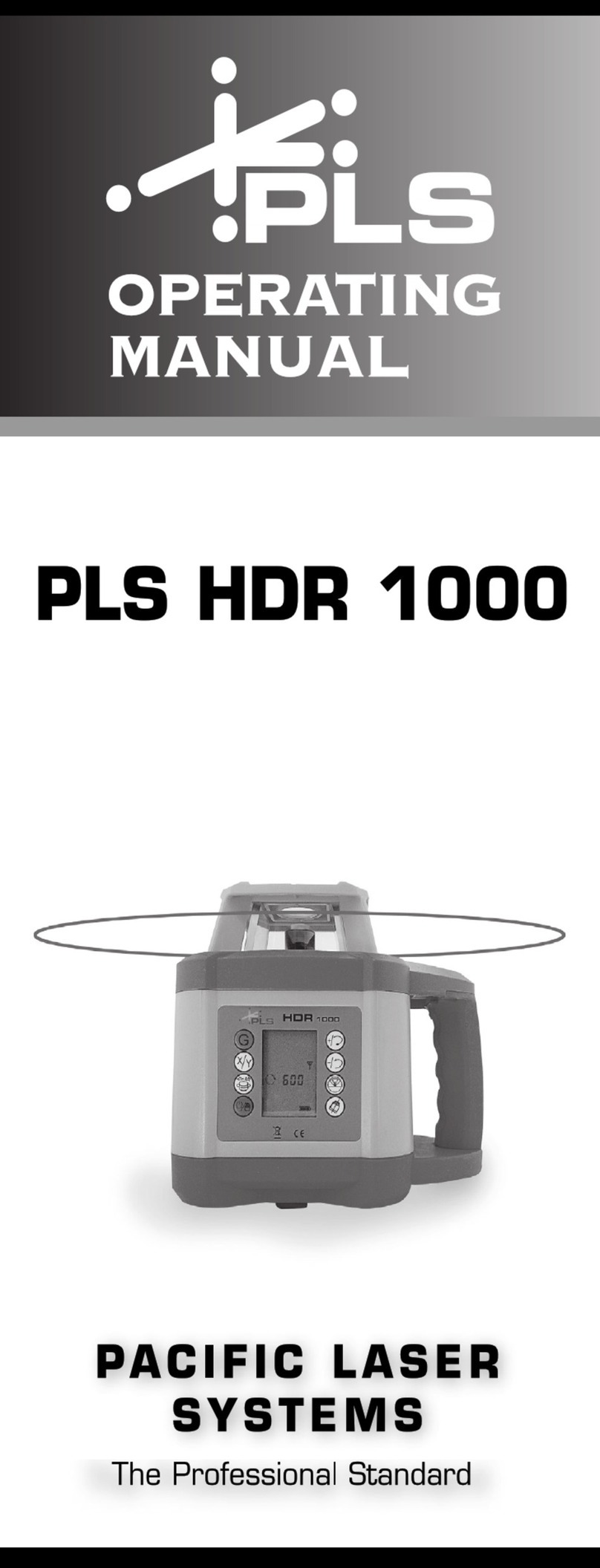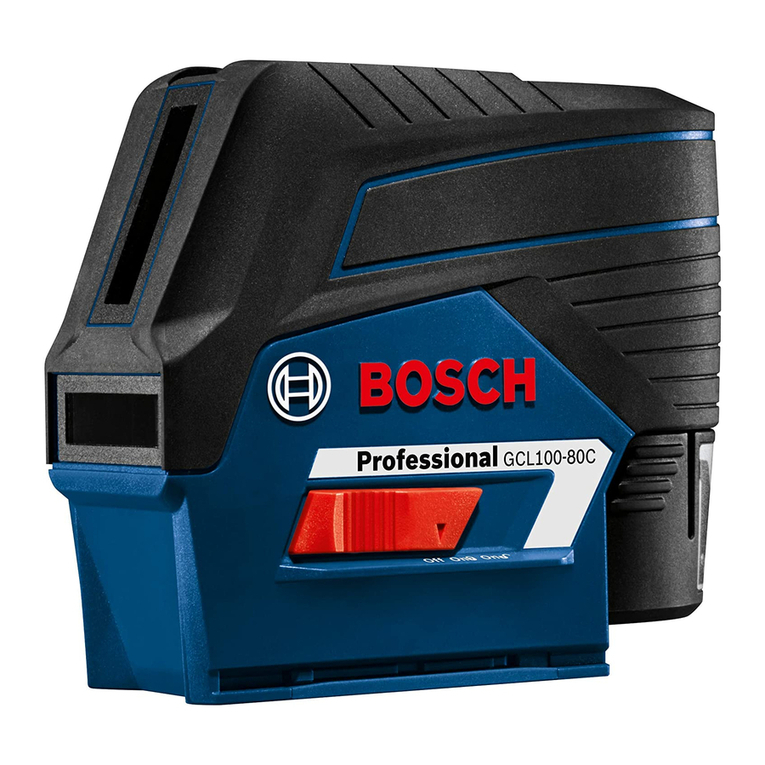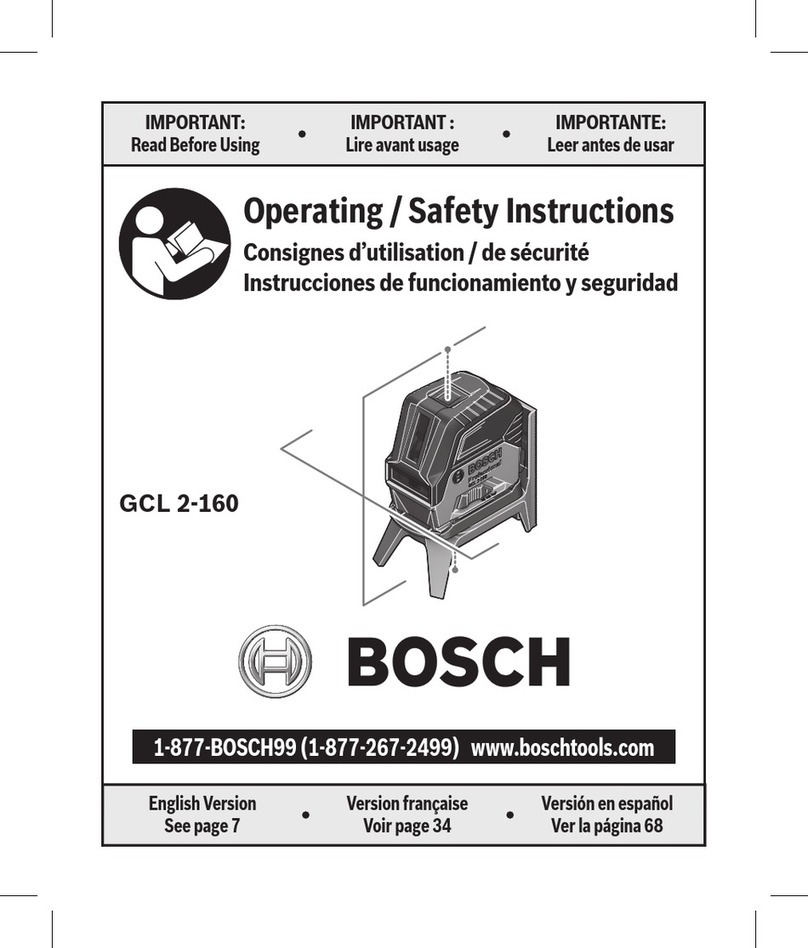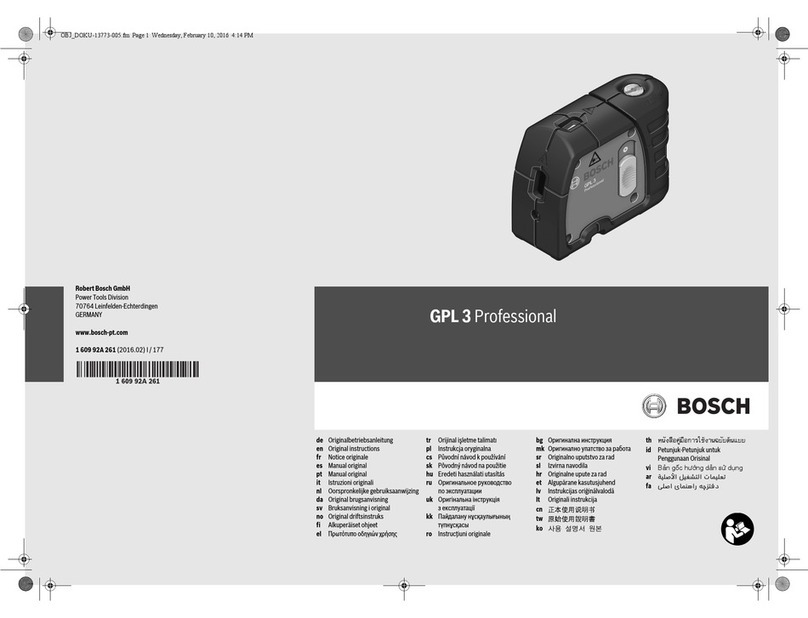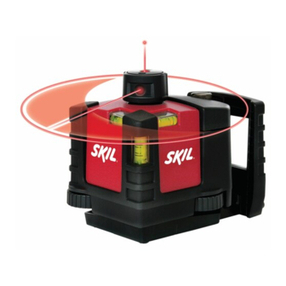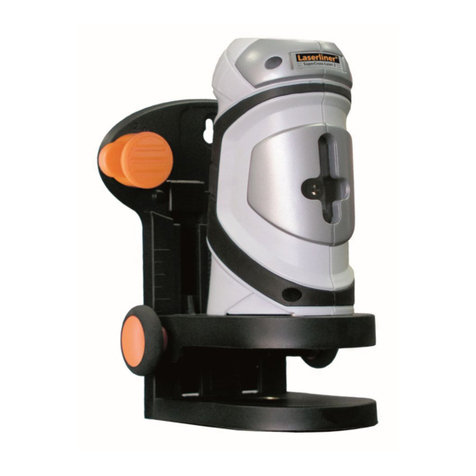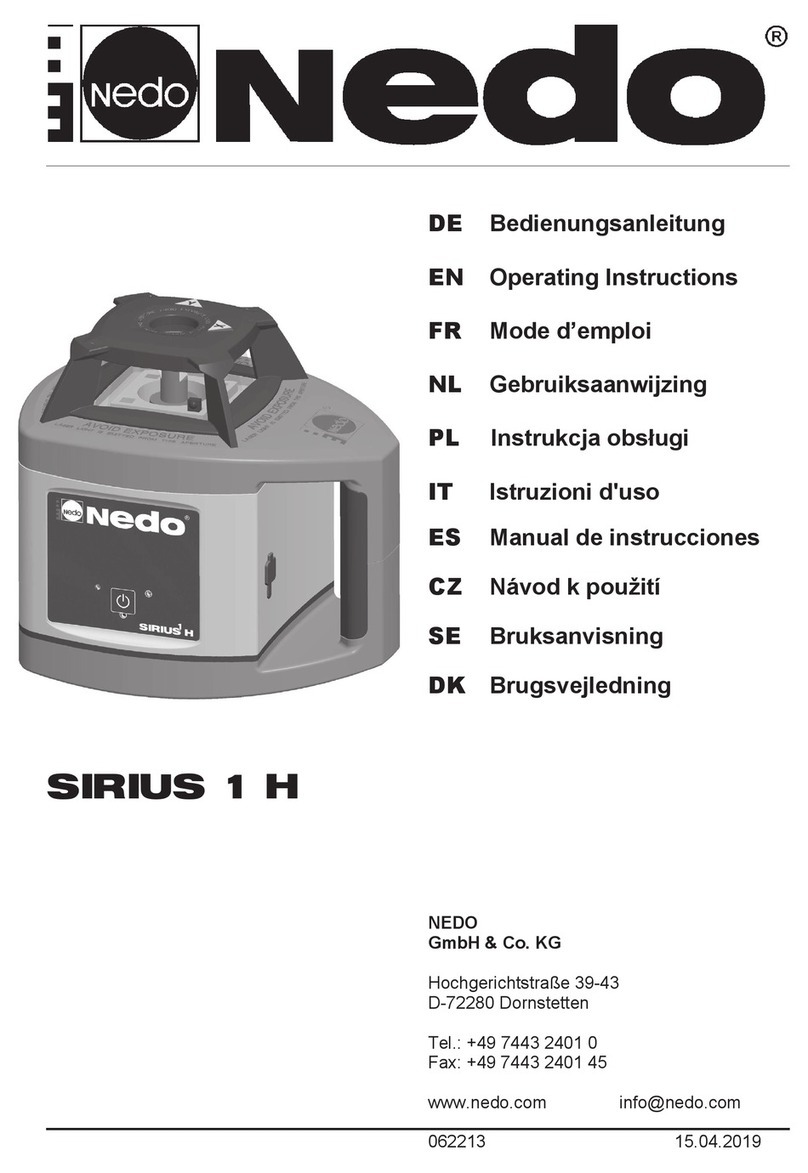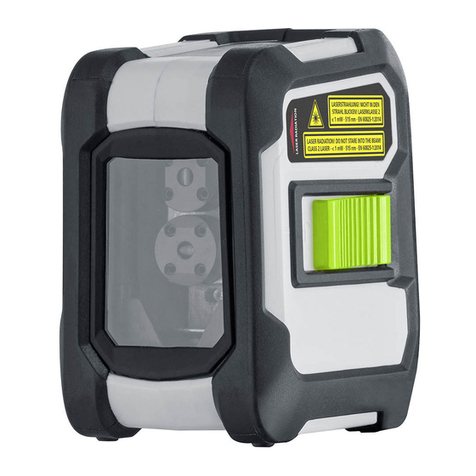WIKA WMI Series Owner's manual

INSTALLATION AND OPERATION MANUAL
WIKA
WMI
Series Magnetic Level Indicator
(Please retain for future usage)
Contact:
WIKA Instrument Corporation
950 Hall Court
Deer Park, TX 77536
www.wika.com
1-800-570-4454

The WIKA
WMI
Series Magnetic Level Indicator
WIKA
WMI
Series Magnetic Level Indicators are primarily used for visual indication of liquid levels. The basis of
their operation involves a float which is built specifically for the level application for which it is applied. The float is
contained in a chamber which connects directly to the process to be measured. As the liquid level increases and
decreases in the chamber, the float rises and falls with the liquid level. This float contains a magnet assembly. The
force or flux of the magnet assembly contained in the float affects a visual indicator mounted outside of and
isolated from the float chamber. This same magnetic force can also affect optional switches or transmitters
mounted outside of the chamber.
To assist with record keeping, please enter:
Serial # ______________________
Model # ______________________
Principle of Operation
CompleteAssembly

Manufactured Specifically for Each Application
Every WIKA
WMI
Series Magnetic Level Indicator is designed and manufactured specifically for each Level
Application. Careful attention is given to process conditions, most importantly the Specific Gravity, Temperature
and Pressure of the liquid to be measured.
Extreme caution should be taken before applying a Gauge to a differing application, or should the original process
conditions differ from those for which the Gauge has been designed. Please consult the factory to make sure that
the instrument can withstand and/or operate under these modified requirements.
Shipment
Special care is taken to ensure that every WIKA
WMI
Series Magnetic Level Indicator arrives complete and ready
for installation. Carefully inspect every package to ensure that it has not been damaged during shipping. If damage
is observed, immediately contact the shipping company that delivered the instrument and file a claim.
Unpacking/Inspection
Upon opening of the shipping container, carefully inspect each instrument to ensure that it has arrived complete
and ready for installation. Note that the process conditions are listed on the tag mounted at the base of the
indicator assembly. Make sure that these process conditions match the application for which this gauge is designed.
Should there be damage to The
WMI
Series Magnetic Level Indicator, try to take digital pictures if possible. Take
note of the serial number of the instrument and contact WIKA Instrument Corporation so that we can take action
to repair/replace this instrument.
Storage
Although these level instruments are manufactured for installations that are not necessarily sheltered from the
environment, care should be taken to ensure that no damage occurs from the time these instruments are delivered
to the time that they are installed or while in storage. Packaging is designed to withstand shipping and lifting. It will
not withstand continual moisture from rain or rising water. Instruments should be stored in a dry place under
shelter, if possible, in temperatures not below 32 or above 150 Degrees Fahrenheit. Objects should not be stacked
on top of these packaged instruments.

How The
WMI
Series Magnetic Level Indicator Works
Each
WMI
Series Magnetic Level WMI consists of three basic parts.
1. The Chamber: Usually manufactured out of Stainless Steel, but available in Hastelloy, Alloy 20, and other
materials. The chamber allows for measurement as well as containment of the liquid to be measured.
2. The Float: Contains a Magnet assembly. The float is engineered to ensure buoyancy based on the specific
gravity, temperature, and pressure of the liquid to be measured. Each float is weighted so the liquid level will be
equal to the position at which the magnet is mounted in the float.
3. The Indicator: Mounted outside of the chamber, includes magnetized wafers or flags that react to the magnet
included in the float.
The chamber is mounted parallel to the tank application. The liquid level in the chamber will match the movement
of the liquid level of the tank. The float movement matches the liquid movement and causes the reaction of the
visual indicator.
How to Install The
WMI
Series Magnetic Level Indicator
Use care in lifting the instrument from the package or crate. Remove any flange covers or thread caps. If possible,
always install isolation valves between the Level Gauge and the process tank. This will allow for gradual
pressurization of the Level Gauge chamber as well as facilitate any future maintenance necessary. The gauge should
be mounted level to ensure proper float travel without friction.
The WIKA
WMI
Series Magnetic Level Indicator arrives complete with the float installed. No further assembly
should be required. Included with this instrument is a hand magnet device. The hand magnet device should be
used to properly position the orientation of the flags. As a result of shipping, the flag indicator may not properly
portray the position of the float.
WARNING:
IF THIS CHAMBER OR SYSTEM REQUIRES A HYDROSTATIC TEST,
THE FLOAT
MUST
FIRST BE REMOVED!
The float is designed to withstand the maximum pressure specified for the level application. Damage can occur to
the float if it is not removed during Hydrostatic Testing.
Once the hydrostatic test is complete, the float should be re-installed in the gauge. Each float is etched with the
serial number of the instrument, the specific gravity, and arrows “Up” showing the correct positioning of the float
in the chamber. The end of the float with the “Up” arrows should be positioned upward as the float is deployed in
the instrument. If the float is installed upside down, problems will arise with associated instruments and the
accuracy of the level gauge.

Install WIKA WMI Series Magnetic Level Indicators according to the type connection ordered. Ensure all
gaskets or sealants are in place, and then tighten all fasteners to the proper torque. For wiring instructions of a
transmitter or switch unit, refer to the installation manual for that device. If no manual is available or is missing,
please contact the factory for a replacement copy.
IMPORTANT!
Once the level gauge is attached to the application and the vent and drain connections are confirmed to be closed,
utilize the following procedure for start up, ESPECIALLY FOR HIGH PRESSURE AND TEMPERATURE
APPLICATIONS!
1. Slowly open the top Valve first. This will allow for equalization of pressure in the chamber to the process.
2. Slowly open the bottom Valve. Liquid can now fill the chamber gradually.
Failure to follow this procedure can lead to damage of the float!
The tank level should be raised to maximum height to check the upper connection for leaks. If applicable, verify
that all switch operation is correct and that the transmitter indicates the correct level.
WARNING
Once the pressure in the Gauge Chamber has been equalized with the process pressure, DO NOT open
the vent or drain connections. Damage to the float can occur!
See the section entitled “Maintenance” to learn the proper procedure for removing this instrument from service.
Functional Test
The best way to provide a functional test for this instrument is to raise and lower the level of the material in the
tank, and, therefore, the gauge. Many times this is not possible. If this is the case, utilize one of the following
options.
1. Make sure the chamber is isolated from process conditions by closing the valves at the connection points. Drain
off any remaining liquid in a manner compatible with plant requirements. As most floats will be buoyant upon
water, slowly fill the level gauge through the vent connection. Observe the movement of the visual indicator as
the gauge fills with water. If applicable, monitor the outputs of switches and transmitters accompanying this
instrument.
2. If it is not possible to fill the gauge with water or another liquid, either open the drain connection or remove the
bottom flange. Carefully manipulate the float with a piece of instrument tubing or a device that affects the
movement of the float in the chamber. Observe the movement of the visual indicator as the float moves. If
applicable, monitor the outputs of switches and transmitters accompanying this instrument.
3. Often times there will not be enough ground clearance to insert an object to manipulate the float. If this is the
case, such a test can be completed prior to installation while the instrument is lying on the floor.

Maintenance
Normally, WIKA
WMI
Series Magnetic Level Indicators operate free from maintenance and wear when applied
properly. Depending on the application, occasionally mud or other floating substances can gather in the lower
portion of the instrument. Should this be the case, follow the below steps to remove the gauge from service.
1. Isolate the chamber from service by closing the process valves starting with the lower valve and then the top
valve.
2. Allow pressure to equalize with atmosphere by slowly opening the vent connection.
3. Drain off any remaining liquid in a manner compatible with plant requirements.
4. Remove the flange on the bottom of the gauge.
Caution!
Take care to not allow the float to drop on the floor.
This can cause damage to the float and/or the magnet assembly.
5. Clean out chamber with a brush and wash with water if compatible. Make sure there are no remaining solid
particles. Look for items or debris that will inhibit the movement of the float. Further inspect the gauge
chamber to ensure that it is free from unexpected corrosion or damage.
6. Replace the float with the arrows in the “Up” position.
7. Using a new gasket, replace the bottom flange and tighten all fasteners to the proper torque.
Questions?
For customer support please call the number below between the hours of 8:00 a.m. and 5:00 p.m. Central Time.
Please have the serial number of the instrument available when calling.
Contact:
WIKA Instrument Corporation
950 Hall Court
Deer Park, TX 77536
www.wika.com
1-800-570-4454

Warranty
Level Products manufactured by WIKA Instruments Corporation are subject to the following warranties:
1. 5-Year Warranty: Mechanical products including The
WMI
Series Magnetic Level Indicator,
WLC
Series
Level Chamber and
WLG
Series Level Gauge.
2. 2-Year Warranty: Switches and Transmitters including Series
WIR, WRS, WCS, WFS, WFR, WFC, WFF,
WFM,
and
WIM
.
WIKA Instruments Corporation warrants these products for these periods against manufacturing defect
(subject to evaluation). Correction of any manufacturing defect will be F.O.B. Sellers Plant and a minimal
evaluation fee (waived if found that the product is a manufacturing defect). In no event shall any claim made
by Buyer be greater than the purchase price of the particular product in respect of which damages are claimed. This
is provided WIKA Instruments Corporation is given immediate written notice of such defect and reasonable
opportunity to inspect the alleged defective equipment at the place of its use and under the conditions of its use.
Seller makes no warranties as to the equipment manufactured by it which extend beyond the description of such
equipment on the face hereof: WIKA Instruments Corporation’s obligation to correct defects in such equipment
by repair or replacement in accordance with the foregoing provisions is in lieu of any other warranties, expressed or
implied, as to such equipment. WIKA Instruments Corporation makes no warranties whatsoever (including any
implied warranty of fitness or merchantability) with respect to any auxiliary apparatus or equipment not
manufactured by WIKA Instruments Corporation.
WIKA Instruments Corporation shall not be liable in any event for any special, indirect, consequential or
coincidental damages of any kind whatsoever, whether growing out of the use, inability to use, failure of, defects in,
the condition of, delay in delivery, no-delivery, or otherwise, of the products covered hereby. Buyer assumes all risk
and responsibility for the use of the products covered hereby and for the results obtained by any such use and
agrees to hold WIKA Instruments Corporation harmless from any liability arising out of such use by Buyer or by
any subsequent purchaser form Buyer.
Table of contents
Other WIKA Laser Level manuals
